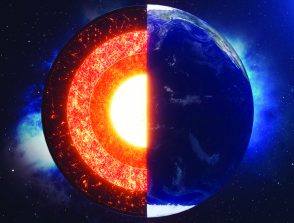Interior evolution of Mercury: Successes and Challenges
25/04/2024
IPGP - Îlot Cuvier
14:00
Séminaires thème Intérieurs de la Terre et des planètes
Salle 310
Nicola Tosi
German Aerospace Center - DLR
Join by Zoom https://u-paris.zoom.us/j/86569231756?pwd=Z0pQK3Y2Ykl2emVmeUp3dHBpS2Z4dz09 The MESSENGER spacecraft, which orbited Mercury between 2011 and 2015, provided the majority of the data we currently possess about the innermost planet. Geological, geochemical, and geophysical observations gathered by MESSENGER have been pivotal in developing a coherent picture of the planet's interior structure and evolution. This picture is set to be enriched further by the forthcoming data from the BepiColombo spacecraft, on its way to begin orbiting Mercury by the end of 2025. Thermal models of the long-term evolution of Mercury have generally succeeded in replicating global-scale observational constraints, such as the accumulation of radial contraction, the presence of a magnetic field both today and in the past, as well as the timing and extent of volcanism and crust formation. However, certain observations remain challenging to interpret and reproduce. In this talk, I will focus in particular on the interpretation of radial contraction and on the evidence for large-scale surface heterogeneities to present existing global models, their limits, and explore possible new solutions.




